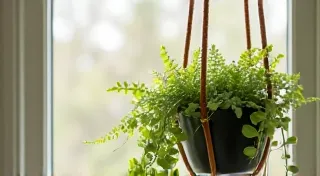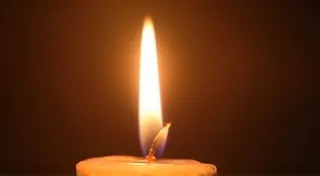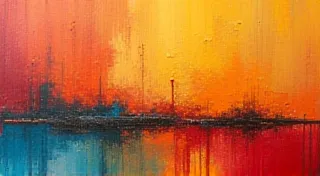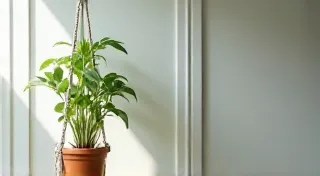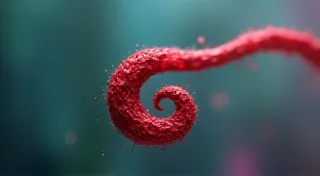Ephemeral Bloom: Capturing Transient Beauty in Textile Art
We are creatures bound to time, drawn to the fleeting beauty of a sunset, the fragile perfection of a wildflower, the poignant rustling of autumn leaves. These moments, by their very nature, are gone too soon. What if we could capture their essence, not just in memory, but in tangible form? This is the challenge – and the profound reward – of creating textile art inspired by ephemerality. This isn’t about replicating a visual image; it’s about distilling a feeling, an atmosphere, a sense of time’s passage into cloth, fiber, and thread. It's about designing for moments, not just aesthetics.
For years, I’ve found myself drawn to objects that carry the weight of history, objects that whisper stories of time and change. Antique accordions, for instance, possess a particular allure. Their bellows, once filled with the jubilant sounds of celebrations, now stand silent, perhaps bearing the faint scent of decades past. The intricate workings, the hand-crafted keys, the patina of age – it’s a physical manifestation of time's relentless march. Restoring one is a deeply emotional experience, not just a mechanical one; you are reconnecting with the hands that built it, the music it once played, the people who cherished it. That same reverence for impermanence informs my textile art. I strive to capture a similar sense of nostalgia, beauty born from decay, and the quiet dignity of things passing.
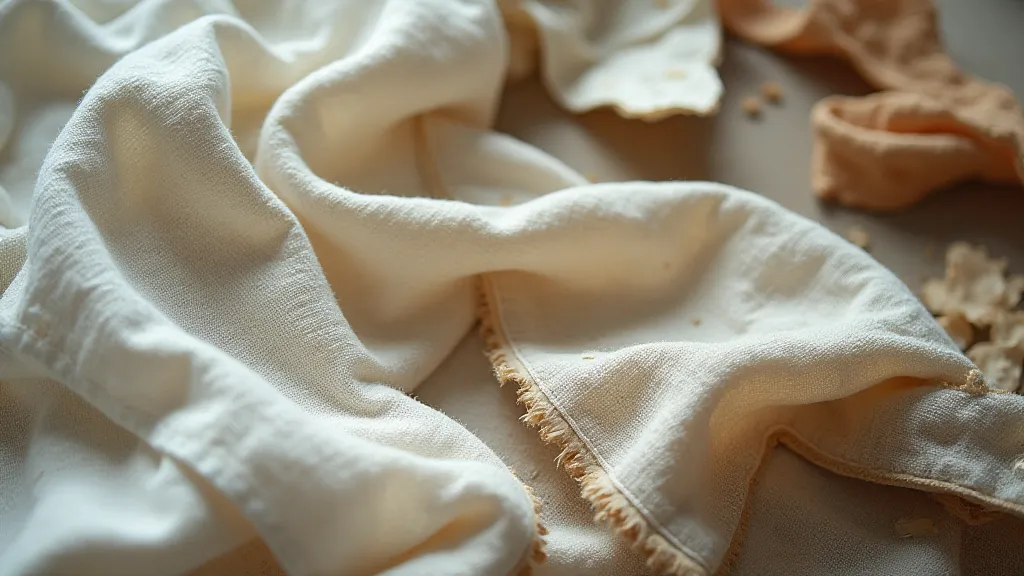
The Language of Impermanence: Color, Texture, and Form
Translating the fleeting into textile form requires a deliberate shift in approach. We move beyond the predictable patterns and polished finishes of conventional crafts and embrace the unexpected, the imperfect, the raw. Color plays a crucial role. Think beyond vibrant hues. Earth tones – the muted grays of a storm cloud, the ochre of decaying leaves, the soft lavender of twilight – become your palette. Natural dyes, extracted from plants and minerals, offer an unparalleled depth and complexity. They are inherently unstable, their colors shifting and evolving with time and exposure to light, mirroring the ephemeral quality of the phenomena they represent.
Texture is equally important. Rough, unrefined materials – burlap, hemp, handspun wool – speak of a connection to the earth and a rejection of artificiality. Techniques like needle felting, with its ability to create three-dimensional forms and mimic organic structures, can be used to represent the delicate petals of a wildflower or the gnarled branches of a tree. Layering different fabrics, creating a collage of textures, adds depth and complexity, reflecting the layers of time and experience.
Techniques for Evoking Ephemerality
Several specific techniques lend themselves particularly well to capturing the essence of transience. Eco-printing, for example, is a magical process where the pigments from leaves, flowers, and other plant materials are transferred directly onto fabric. The results are often unpredictable, each print unique and bearing the marks of the plants used. These unpredictable patterns, often blurry and imperfect, are a direct reflection of the fleeting nature of the natural world.
Natural dyeing offers a similar sense of unpredictability. While mordants help to fix the dyes, the final color is often influenced by factors beyond the dyer’s control – the pH of the water, the type of fabric, even the weather conditions. These variations are not flaws; they are part of the beauty of the process.
Needle felting allows for the creation of highly textural and three-dimensional forms. Imagine recreating the delicate structure of a frost-covered leaf, the fuzzy texture of moss, or the chaotic growth of lichen. These tactile representations can evoke a strong emotional response and create a powerful sense of connection to the natural world. Sculptural weaving, using techniques like freeform weaving and twining, can similarly create organic, flowing forms that suggest movement and change. The deliberate introduction of irregularities – knots, dropped stitches, frayed edges – adds to the sense of imperfection and transience.
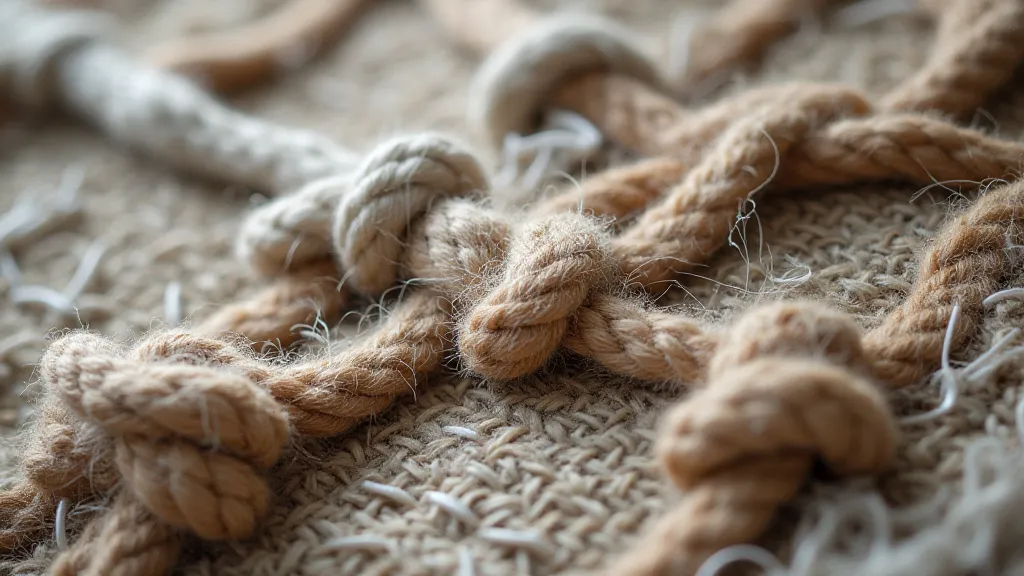
Beyond Aesthetics: Designing for Moments
The true power of this approach lies in its ability to move beyond mere aesthetics. It's about creating pieces that resonate with a deeper emotional truth. Consider the placement of your textile art within your home. Rather than purely decorative elements, they can become focal points for contemplation, reminders of the beauty and fragility of life. A piece inspired by a sudden rainstorm might be hung in a hallway, a place of transition, evoking a sense of cleansing and renewal. A piece inspired by autumn leaves might be placed in a sunlit window, a celebration of the season’s vibrant colors and the quiet beauty of decay.
Think about the materials you choose, not just for their visual appeal, but for their history and their connection to the natural world. A piece of handspun wool, for example, carries within it the story of the sheep that produced it, the shepherd who cared for it, and the spinner who transformed it into yarn. These stories add depth and meaning to your art, connecting it to a larger narrative of human history and the natural world.
Collecting & Preservation: Appreciating Time's Mark
This philosophy extends beyond creation; it influences appreciation as well. When collecting antique textiles, it’s not about seeking pristine condition. The very imperfections – the faded colors, the worn edges, the small repairs – are what make the piece unique and valuable. They are visual evidence of its history, its journey through time. Similarly, in preserving your own textile creations, resist the urge to constantly "correct" imperfections. Allow the colors to fade, the edges to fray, the textures to soften with age. These changes are not signs of deterioration; they are marks of character, a testament to the enduring power of time.
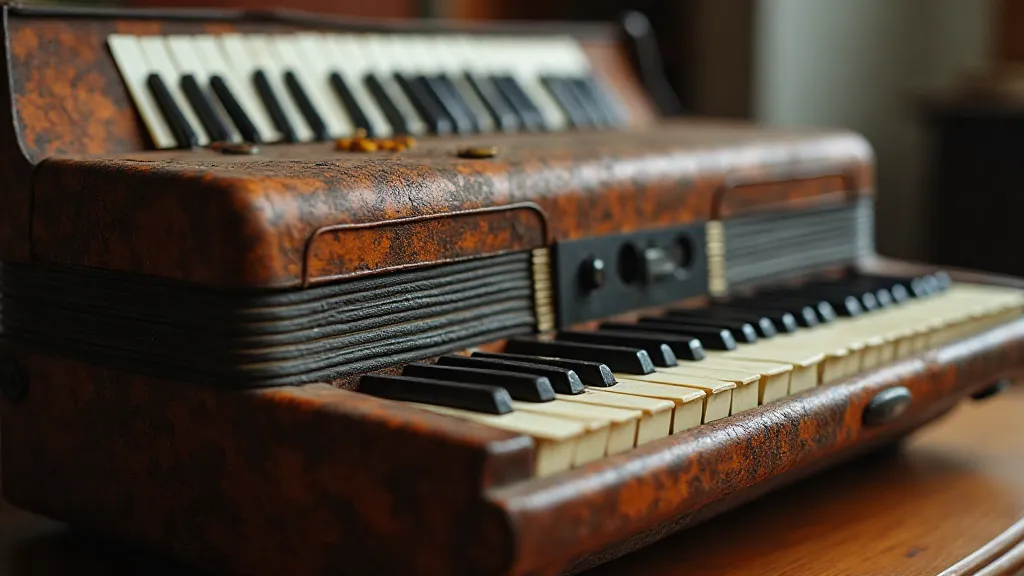
Creating textile art inspired by ephemerality is more than just a craft; it’s a meditation on time, beauty, and the enduring power of the natural world. It’s about embracing imperfection, celebrating the transient, and designing not just for aesthetics, but for moments.
